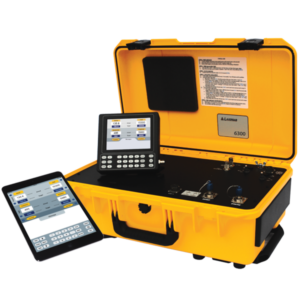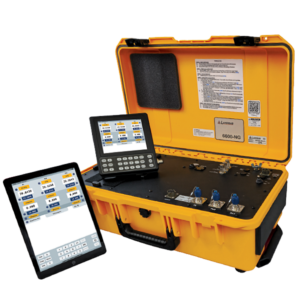Aircraft TCAS Testing
The Traffic Collision Avoidance System (TCAS) operates independently from air traffic control and uses transponder signals from nearby aircraft to alert pilots to potential mid-air collisions. We dive into the TCAS system and explain how it can be tested:
Main Components:
-
-
-
- TCAS Computer Unit: This unit performs airspace surveillance, intruder tracking, its own aircraft altitude tracking, threat detection, resolution advisory (RA) maneuver determination and selection, and generation of advisories.
- TCAS Antennae: Typically, there are two antennae used to send and receive transponder signals from other aircraft.
- Transponder: Works in conjunction with the TCAS to provide the relative position of other aircraft.
- Display System: A visual and aural system that alerts pilots to potential threats and suggests evasive maneuvers.
-
-


How a TCAS System works:
-
-
- After receiving transponder signals from nearby aircraft, the TCAS system constructs a 3-D map of the airspace.
- With surrounding aircraft, the TCAS system will provide a Traffic Advisory.
- If a potential collision is detected, TCAS will present an audible and visual notification to the pilots.
- The TCAS system will tell the pilot to climb or descend to avoid a collision. This is known as a Resolution Advisory.
-
Functional Testing:
-
-
-
- Regularly testing the TCAS system of an aircraft is essential to its performance.
- Test systems like the ARTS-7000 can transmit radio signals to the aircraft under test that simulates another aircraft moving toward or away from the aircraft under test in different scenarios.
- These tests will ensure aircraft TCAS systems are responding appropriately, with correct advisories.
-
-





